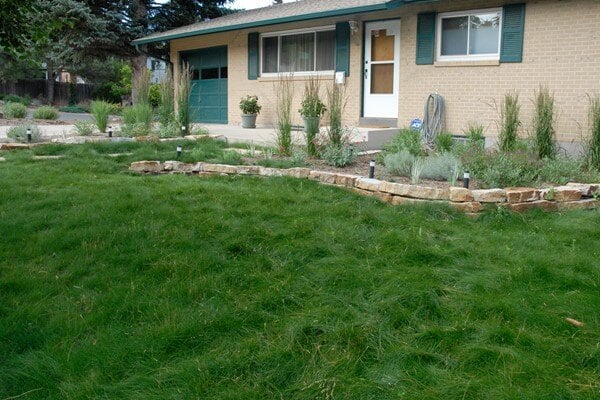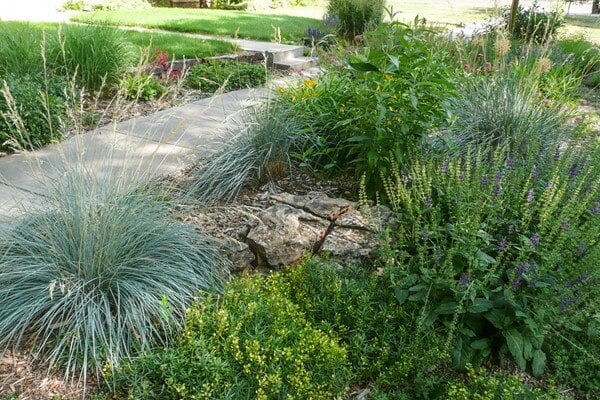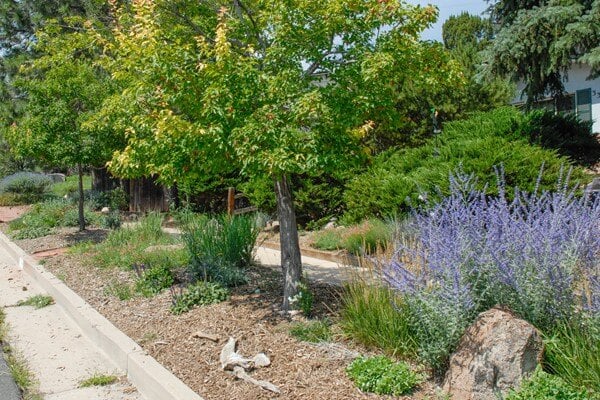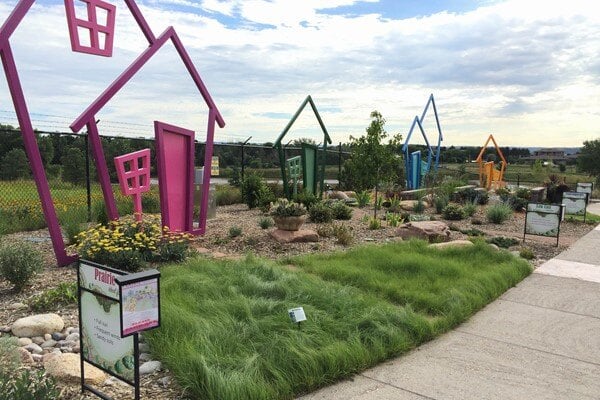Red Valerian
Red valerian is bushy, clump-forming perennial flower grown for its abundance of red-pink blossoms. The small flowers are held in a large cluster. It has smooth, green-blue leaves.
This is one of the best long-blooming plants for hot, sunny sites in the Colorado Springs area. It will flower from June through October if the spent flowers are removed throughout the growing season.
.jpg)
.jpg)
.jpg)
.jpg)
.jpg)
.jpg)
.jpg)
.jpg)
Red Valerian
Red valerian is bushy, clump-forming perennial flower grown for its abundance of red-pink blossoms. The small flowers are held in a large cluster. It has smooth, green-blue leaves.
This is one of the best long-blooming plants for hot, sunny sites in the Colorado Springs area. It will flower from June through October if the spent flowers are removed throughout the growing season.
Plant details
Botanic Name
Centranthus ruber
Pronunciation
sen-TRAN-thus ROO-ber
Mature Height
2 to 3 ft.
Mature Spread
18 to 24 in.
Water usage
One Droplet: Water twice per month or less, once established.
Two Droplets: Water about once per week, once established.
Three Droplets: Water about twice per week, once established.
Flower Color
red-pink
Bloom time
June through October
Colorado Native
No
Natural Habitat
Mediterranean region, southern Europe and northern Africa to Turkey
Light Requirements
sun
Cold Hardiness
USDA zones 5-8
Elevation Limit
hardy to 9,000 ft.
Performance
Red valerian is growing in several locations at the Water Wise Demonstration Garden. It is a reliable bloomer and a good performer. It reseeds, but has not become problematic.
The plant has very little winter interest, so plant it with shrubs, grasses, or perennials that have attractive qualities in winter.
Maintenance
Removing the spent flowers throughout the summer will encourage a longer flowering time. Cut to ground level after the first hard frost since the plant collapses once the leaves and stems freeze.
See in a landscape
This corner lot was almost all Kentucky bluegrass before getting a xeric renovation that added water savings and design. The bluegrass was removed and replaced by stone retaining walls that showcase small xeric shrubs, ornamental grasses and flowering perennials. The bluegrass was replaced with a sheep fescue lawn that is mowed only once a year for a native look. Mowing this grass less frequently helps it use even less water by shading the ground and eliminating evaporation loss from cut grass blades. The large medians of this corner lot were re-landscaped to eliminate the bluegrass and add gravel blocks alternating with simple shrub planting beds with drip irrigation. The simple design of this renovation adds Colorado style while decreasing the water and maintenance that bluegrass requires.
The parkway in this downtown neighborhood was a great candidate for a conversion to xeriscape from turf. Parkways like this can be difficult to water because of the narrow width, and are a great place to start with xeriscape. This parkway features a small ornamental tree and flowering perennials, ornamental grasses and delicate groundcovers. The middle of the parkway has a stone pathway which accommodates the foot traffic to and from the street. Most of the plants in this parkway should be cut back in the spring and the parkway should be mulched to help the soil retain moisture and curtail weed growth.




.jpeg)
.jpeg)
.jpeg)
.jpeg)
.jpeg)
.jpeg)
.jpeg)
.jpeg)
.jpeg)
.jpeg)